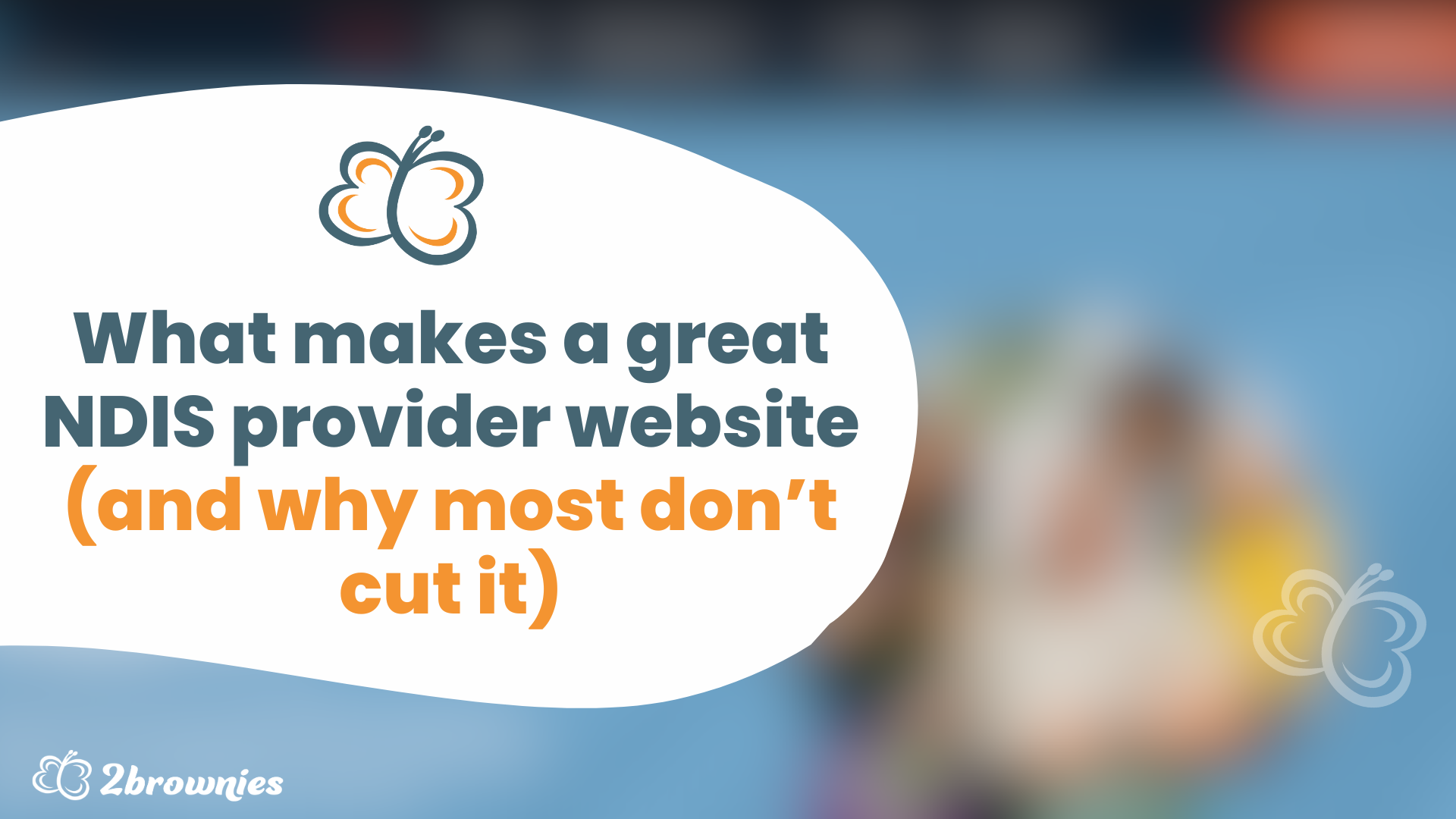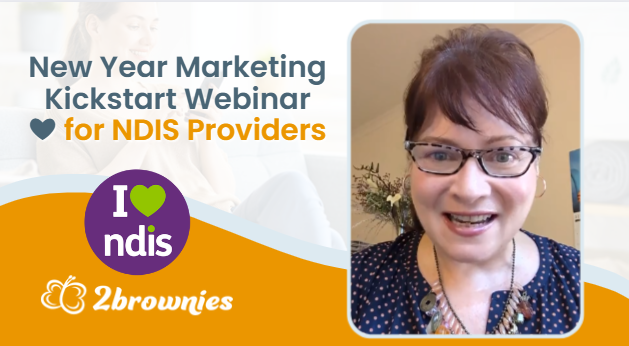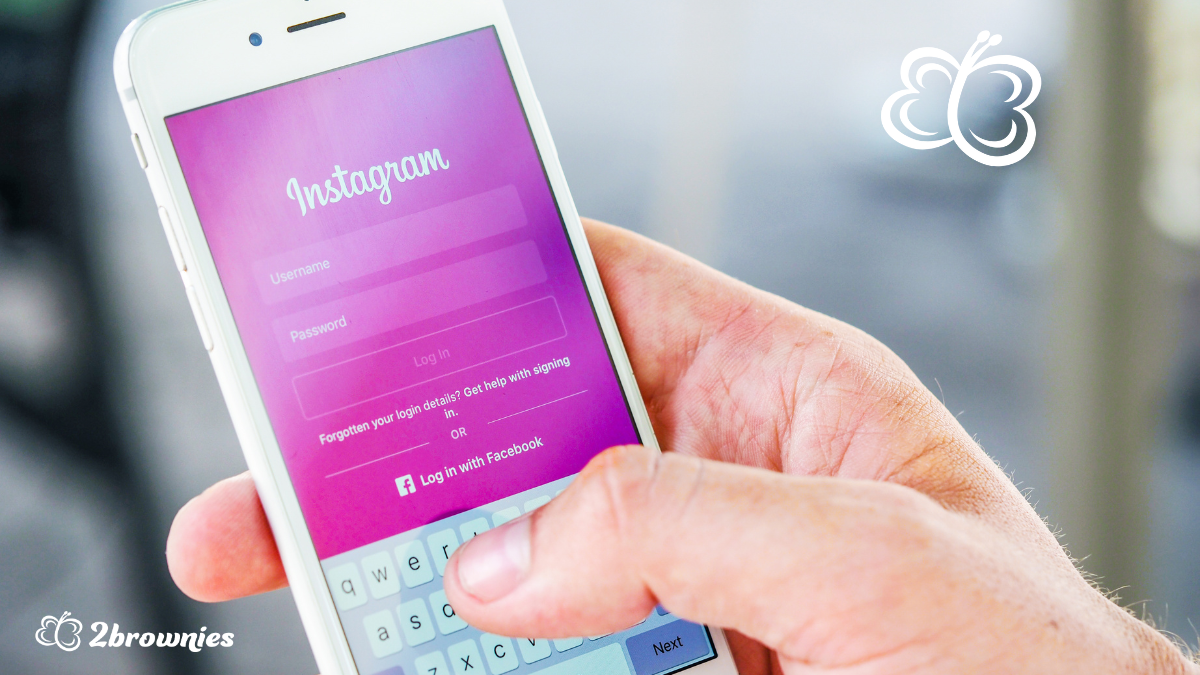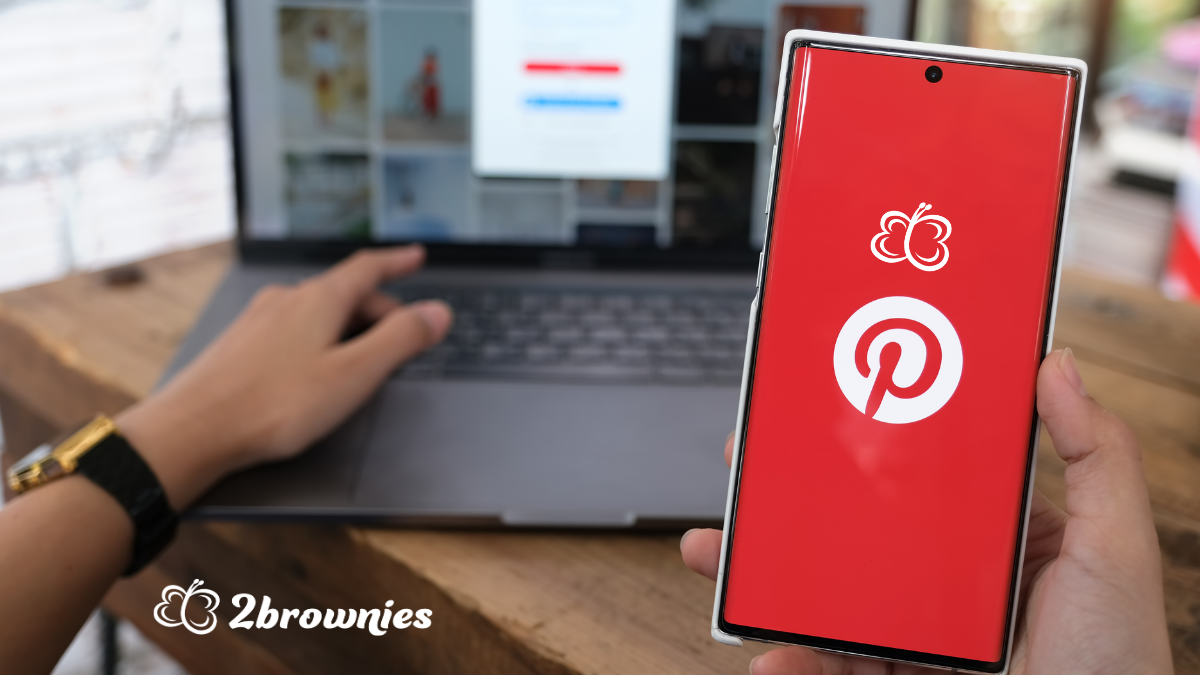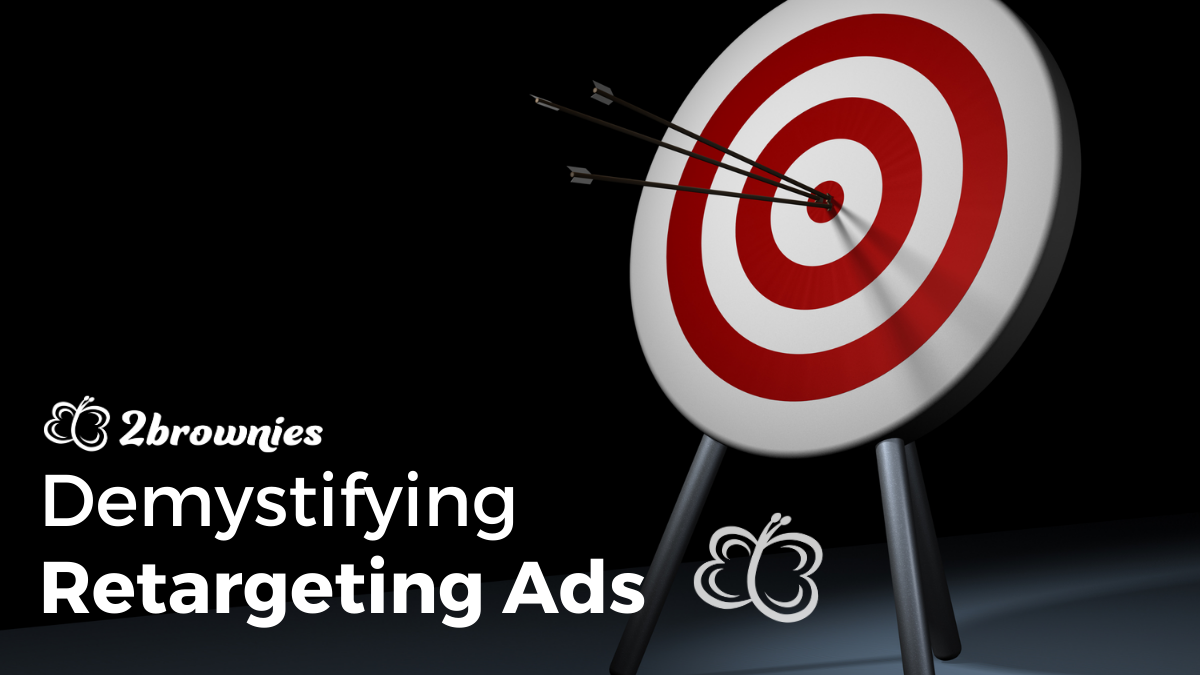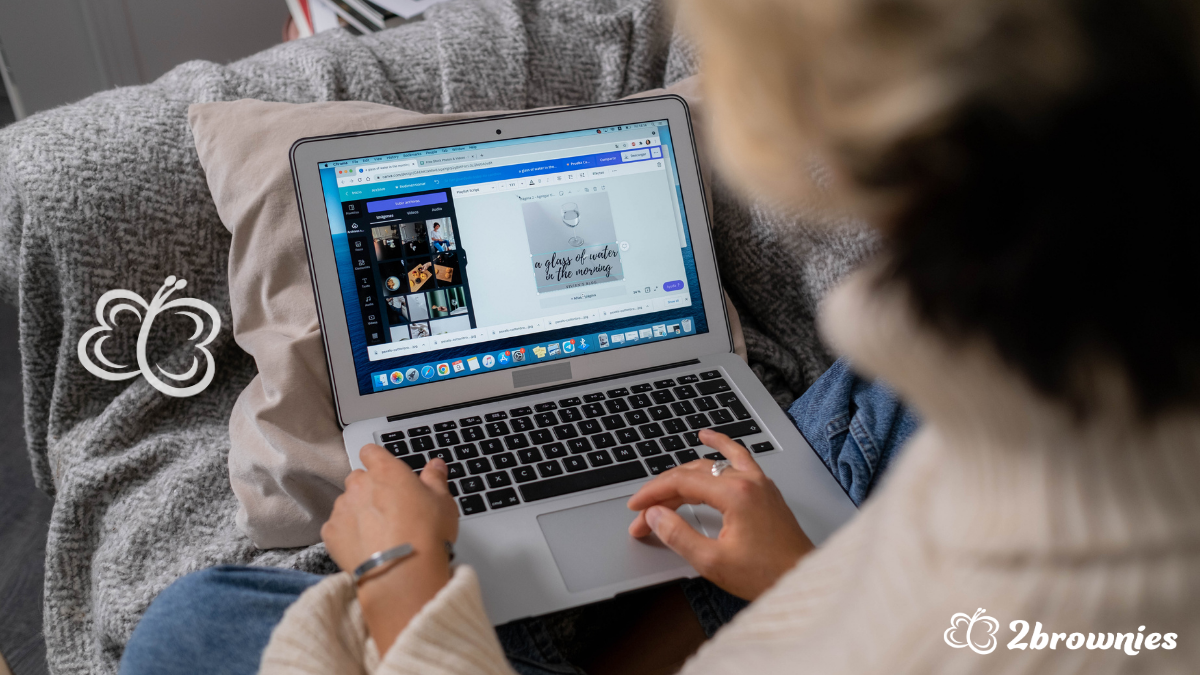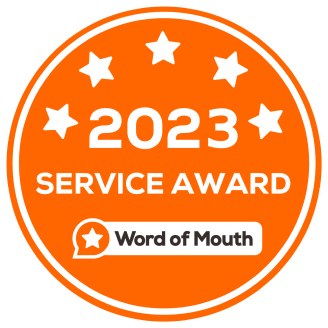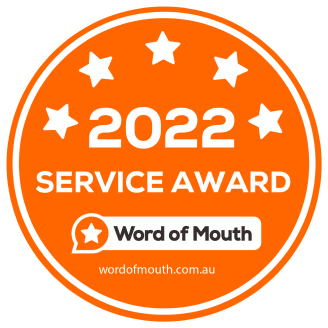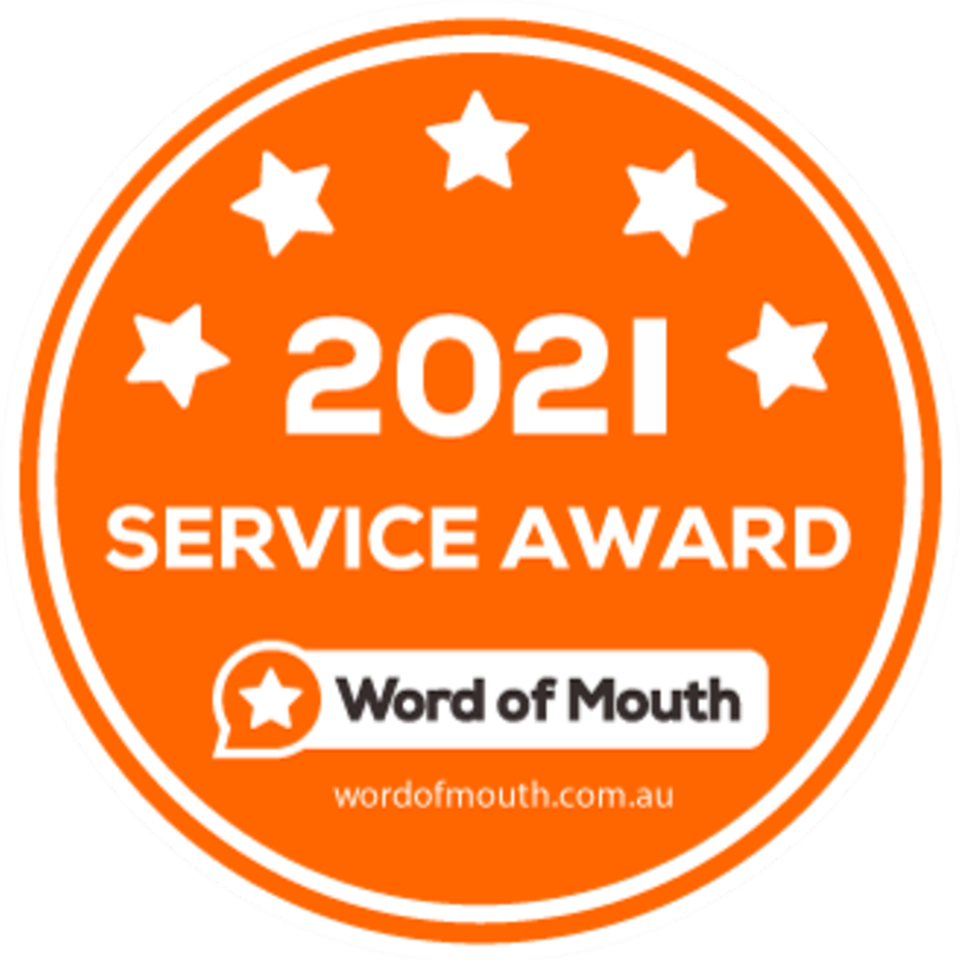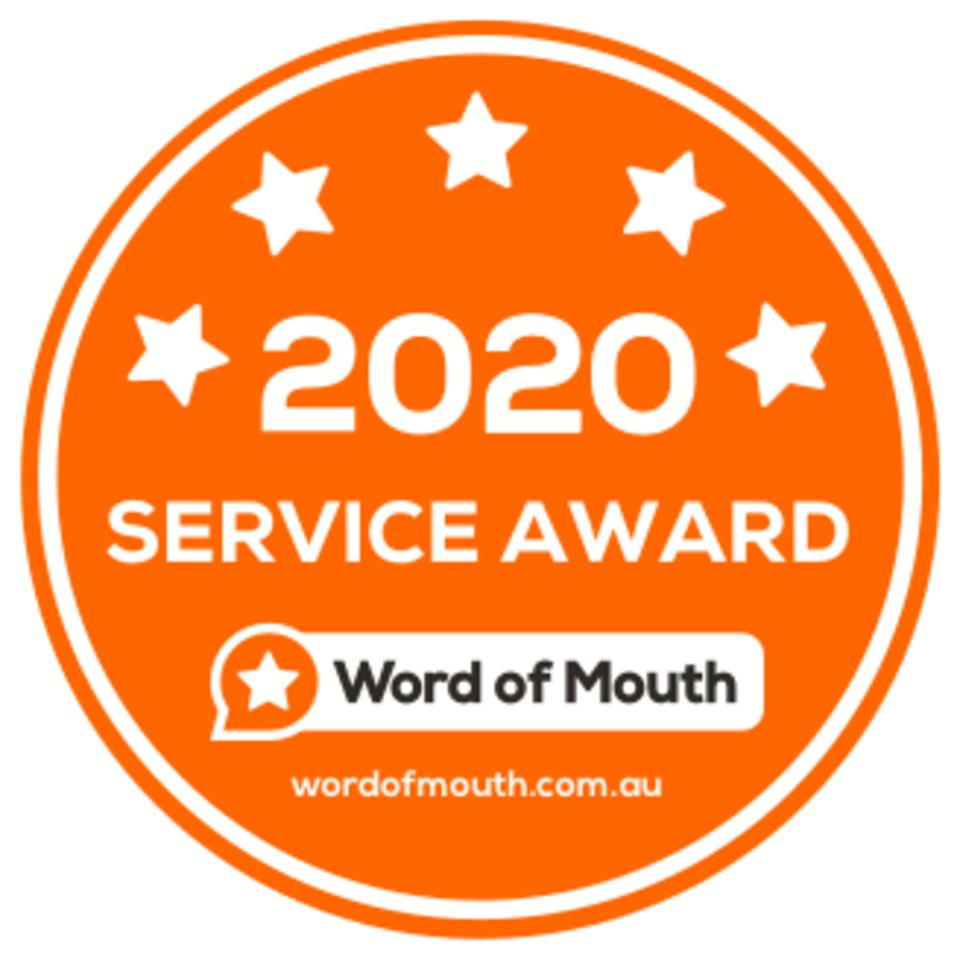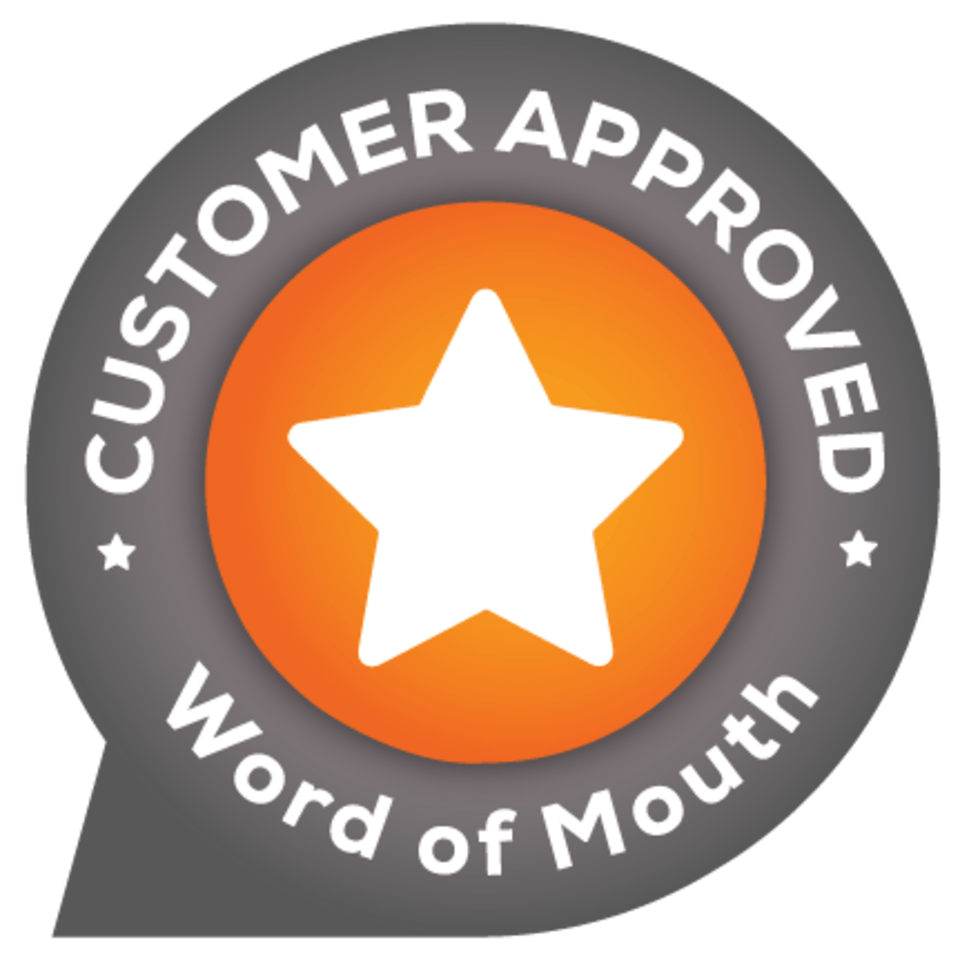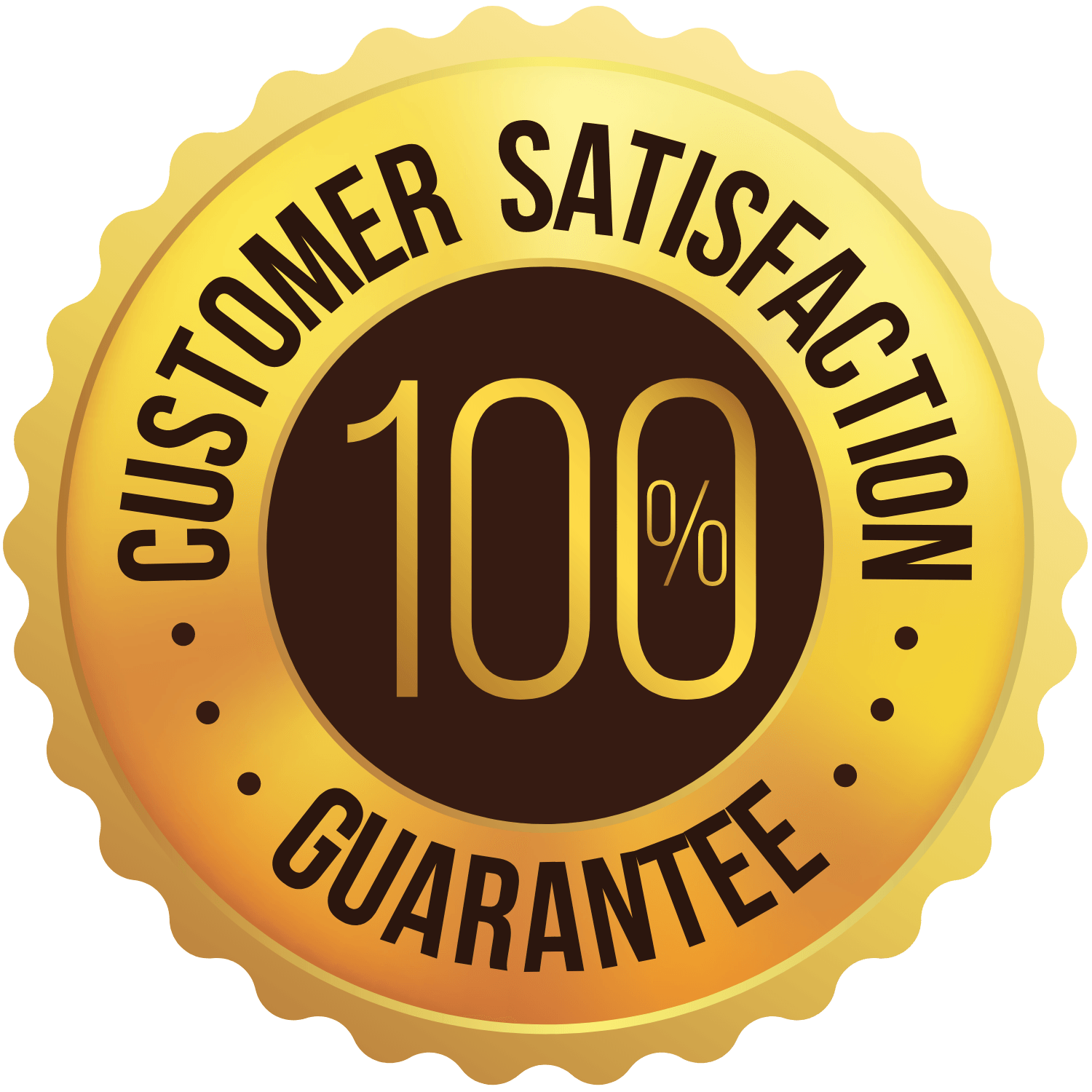NDIS Provider Websites: Your Common Questions Answered
In today's digital age, having a website for your NDIS service provider business is crucial to establish an online presence, attract new clients and grow your business. However, building and maintaining a website can seem daunting, especially if you're not technically savvy.
In this blog post, we'll answer some of the most common questions that NDIS service providers have about websites, including why you need a website, how it can help you reach more clients, and how to make your website accessible. We'll also cover topics like optimising your website for search engines, common mistakes to avoid, and the typical cost of building and maintaining a website for an NDIS service provider business.
By the end of this post, you'll have a better understanding of what it takes to create a successful website for your NDIS service provider business and what your options are.

Table of Contents:
Table of Contents
Why Do I Need a Website for My NDIS Service Provider Business?
A website is the central hub for your online presence as an NDIS service provider. It makes it easier for potential clients or participants to find you and learn more about your disability support services.
But not only that - a well-presented website shows the world that you're professional and know what you're doing. It works seamlessly with your business cards, brochures and Google Business Profile so that anyone interested in your services can visit your site and see what you're about.
Your website provides a platform to showcase your expertise and experience in the industry, establish credibility, and build trust with your audience. And we all know that the disability sector is built on trust. Without a website, it's difficult for participants and potential referral partners to trust that you're a solid business that will be around for many years.
Think of your website as the cornerstone of your reputation online. If you present your website well, display your credentials and showcase your services, participants, referral partners and other stakeholders will be much more likely to trust what you do.
Lastly, having a great website can help you differentiate your business from competitors who have a bad website or no website at all. It's all about presenting your business as professional, modern and ready to take on new clients.
How can a website help me reach more clients or participants?
As an NDIS provider, your website helps you in so many ways. It can help you reach more clients or participants by making your NDIS services more visible and accessible online. By optimising your website for search engines, you can attract more visitors to your site, ultimately increasing the chances of converting them into clients or participants.
But it's not all about the search engines. Once you have a website, you can put your site url everywhere - on flyers, brochures, business cards, email signatures and more. Every point of communication you have with potential clients or referral partners, you're giving them an opportunity to learn more about what you do. Because there's only so much you can say in a brochure.
Your website helps people who are interested in what you do to learn more. It provides valuable information and resources that can help potential clients or participants make informed decisions about your disability support services. It also provides a clear "next step" such as booking a free consultation or picking up the phone.
Think of your website as a marketing assistant that is showcasing your NDIS services for you 24/7 and making it easy for people to start building their relationship with you.
How can I make my NDIS provider website accessible?
In Australia, having an accessible website means that the website is designed and developed in a way that makes it usable by people with disabilities, including those with vision, hearing or mobility impairments. This can include features such as:
- Using alternative text (alt text) to describe images
- Providing captions or transcripts for videos
- Ensuring sufficient color contrast
- Using clear and simple language
To make your NDIS provider website as accessible as possible, make sure you install an app such as Userway on your site. It's free and ensures that your content is more accessible to people living with a range of disabilities.
The Australian Human Rights Commission has issued guidelines for website accessibility, which provide practical advice on how to make websites accessible to people with disabilities. While these guidelines are not legally binding, they are seen as best practice.
So, to make your NDIS provider website accessible, you need to keep accessibility in mind from the time you start building your site until it goes live and beyond. Or work with an NDIS web designer such as 2Brownies who is used to the requirements and can optimise your site for maximum accessibility.
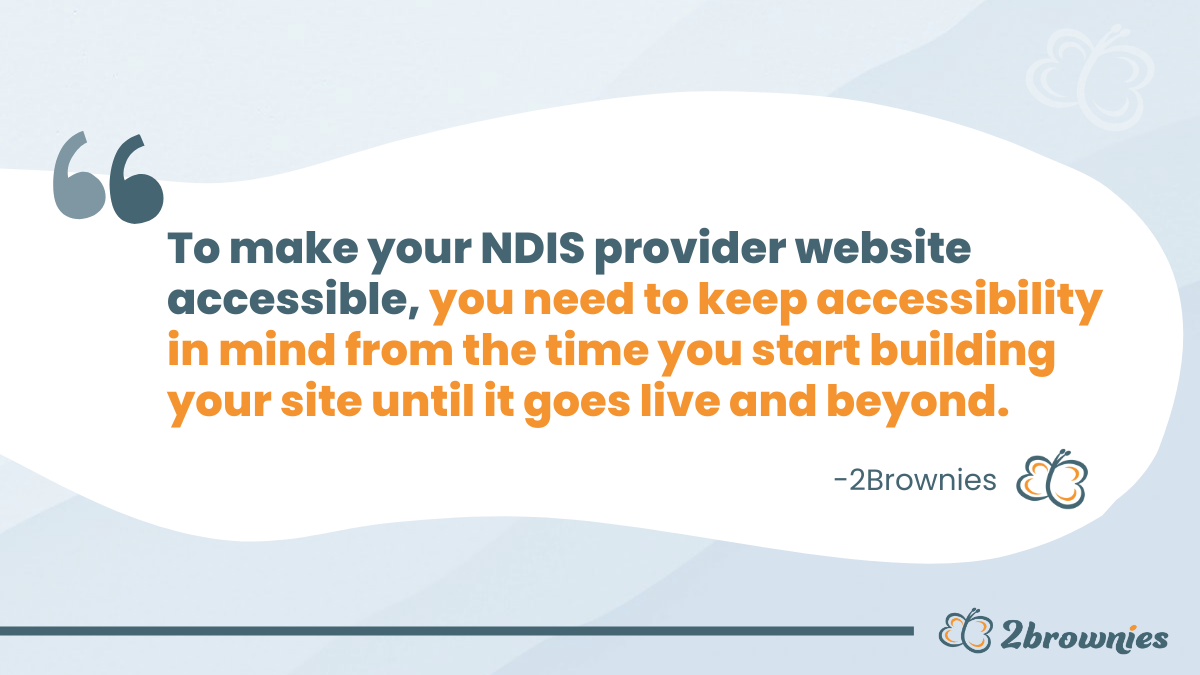
How often should I update my website and what kind of content should I include?
There's no one definitive answer as to how often you should update your website as an NDIS provider.
While it is important to update your website regularly with fresh, relevant content to keep your audience engaged and attract new visitors, this isn't always practical if you're a new disability support provider with a million things on your plate.
So, if the main point of your website is to act as a highly-professional online brochure for your business that encourages people to take the next step and get in touch, then you don't need to update it all that often. Just make sure it has your latest contact details and fresh information on your services and status as a registered / non-registered provider.
If you have the time (or the funds to outsource content creation) and want to do well in the search engines, you could publish new content at least once a month. But ideally, you should aim to publish new content on a weekly basis. The type of content you should include on your website includes helpful blog posts about disability sector industry news, participant case studies,
client testimonials, and updates to the disability supports you provide.
How can I optimise my NDIS provider website for search engines to attract more participants?
In reality, it can be quite tough to optimise your site well if it's not an area you feel confident in. But if you are building your own website as an NDIS service provider, we recommend the following:
- Make sure your website loads quickly
- Mention the key services you offer more than once (including your NDIS registration categories).
- Make sure your written content is high quality and relevant.
- Mention any point of difference you have, such as languages that your disability support workers speak or particular communities you're looking to serve.
- Mention the areas you operate in, and include a Google map for your head office address.
- Include alt tags and descriptions for all the images on your site, including keywords that are important to your services.
- Implement local business schema.
- Build backlinks.
- Make sure you have one H1 title per page and several H2 and H3 titles.
- Add meta tags to each page.
If all this is sounding too hard, then you really will be better off getting a specialist design agency that understands disability service providers, such as 2Brownies, to build and optimise your website for you.
The truth is that even with a well-optimised site, it can still be difficult to rank well and attract participants. To maximise your chances, you often need to have an ongoing SEO program in place, which can be expensive. Because you're often competing against much larger NDIS service providers with very deep pockets and lots of money to spend on marketing and SEO.
That's why we wrote a blog post about the importance of building relationships and referral partnerships in your first 6 months of operation in order to ensure success.
So, by all means optimise your new website where you can, but rely mostly on building those important relationships and generating word of mouth referrals in your early days. It really is so important.
What are some common mistakes to avoid when building a website for an NDIS service provider business?
Some common mistakes to avoid when building a website for an NDIS service provider business include:
- Making your participant referral form too complex.
- Using overly complex design or language.
- Forgetting to state whether you're NDIS registered (and whether you support agency/NDIA-managed participants).
- Not adding real images and testimonials as soon as you have them.
- Not optimising the website for mobile devices.
- Ignoring website accessibility.
- Using poorly-written content that doesn't build trust.
Always, always keep your audience in mind when designing and developing your NDIS provider website. Keep it friendly and focus on creating a user-friendly experience that meets the needs of people living with disability.
If you're unsure, show your draft website to someone living with disability to ensure you are presenting your services in a way that is respectful and useful.

How much does it typically cost to build a website for an NDIS service provider business?
The cost of building your NDIS provider website depends on a number of factors. But here's a rough guide:
If you're building your NDIS provider website yourself, you can use tools such as Squarespace which cost around $25 per month. While this is the cheapest option, you could be missing out on a lot of features and expertise that a design agency can provide.
The next option would be to get a general design agency to build your NDIS provider website. These agencies usually don't have specialist knowledge of the disability sector and might not be able to write content that is respectful and well-optimised for your services. Usually, a non-specialist agency will cost anywhere from $1,000 to $5,000 to build your site. And you often need to provide them with your own written content.
The third option is to get a highly-specialised and knowledgeable agency such as 2Brownies to build your site according to industry best-practice. We've streamlined the process from start to finish to make it super easy for our NDIS provider clients to get a great website. Because we've streamlined the process, you don't end up paying any more than you would by going to a general agency. And we write all your content, all optimised for the search engines. 2Brownies NDIS provider websites start from $1,200 plus GST.
Before you make a decision as to which option to go with, do factor in the cost of your own time and the cost of ending up with a website that doesn't reflect your business in a professional manner. Sometimes, spending a little more up-front for disability sector expertise can more than pay for itself in the long-run.
Conclusion
Do you have any questions about building websites for NDIS providers or general NDIS provider marketing that you'd like us to answer? Don't hesitate to get in touch - we'd be happy to feature your requests in future blog posts.
Are you an NDIS service provider looking to build your reputation and make your mark? We create awesome websites, social media content, blog posts, SEO and Google Business profiles for NDIS providers across Australia. Call us on 1300 608 114 or book a chat here: https://calendly.com/2brownies/chat. Our General Manager Vanessa would be happy to answer your questions.

About the Author
Our General Manager, Vanessa, has a background as a business consultant and loves to share her experience and perspective with our clients and readers. If you have questions about your own NDIS provider business, chat with Ness anytime on 1300 608 114 or
find Ness on LinkedIn
or follow Ness for NDIS Provider insights on Medium.
Learn more about Vanessa
here.

